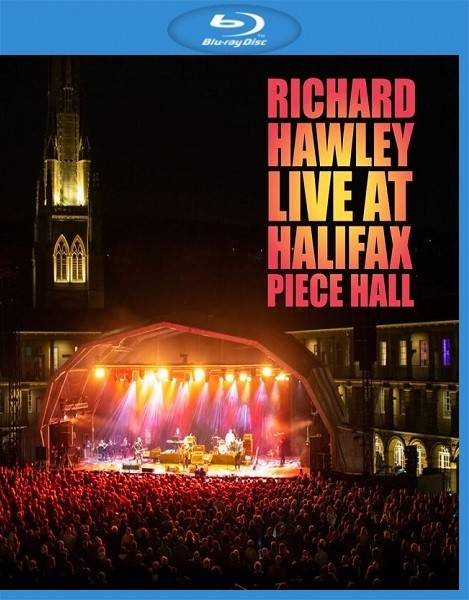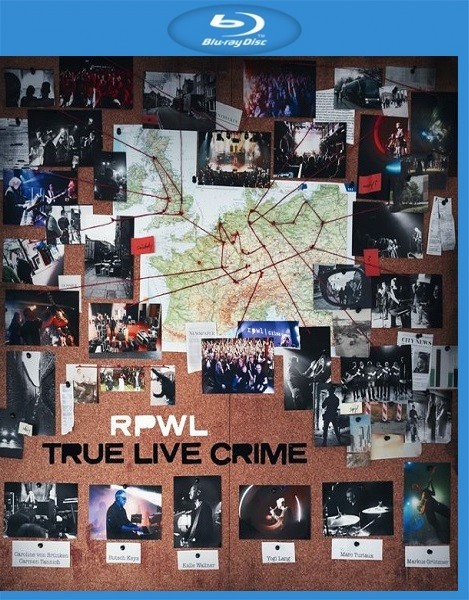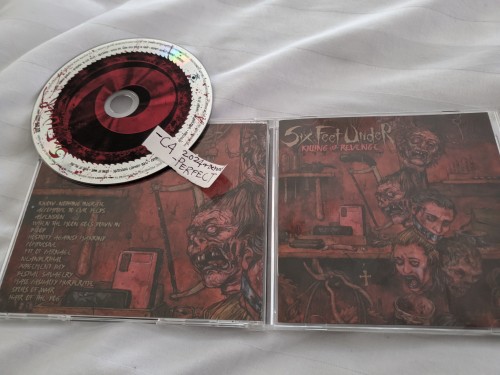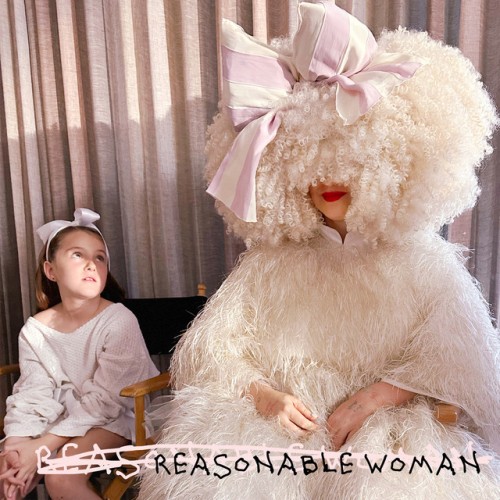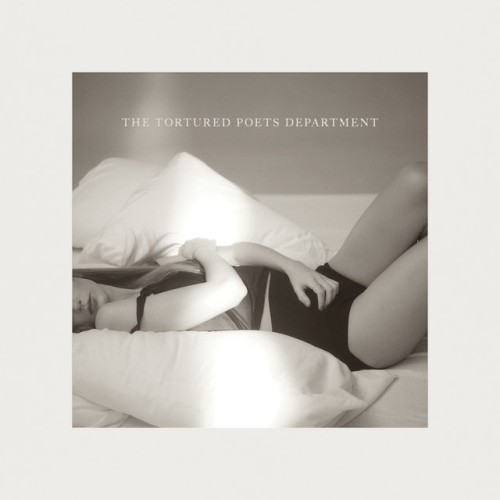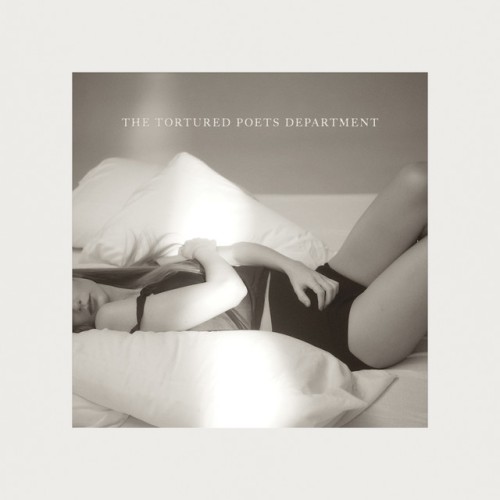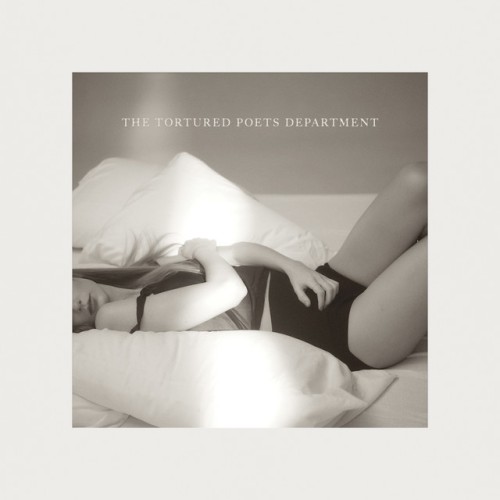
Lorenza Cavasanti, Cantica Symphonia and Giuseppe Maletto – Concertos for Recorder (2023)
FLAC (tracks) 24 bit/88,2 kHz | Time – 01:02:01 minutes | 1,11 GB | Genre: Classical
Studio Masters, Official Digital Download | Front Cover | © Glossa
Although Bach obviously felt at home composing for the recorder and used it in important works such as the Brandenburg Concertos and several cantatas, he never composed a concerto for solo recorder – in fact, he only wrote original solo concertos for harpsichord and violin.
The lack of solo concertos for the recorder can be remedied, however: it is precisely his concertos for harpsichord that Bach demonstrably transcribedhimself, although it is not always clear for which of the missing originals they were intended.
Even f in some cases other instruments are more likely, it is atleast not objectionable to play some of these concertos with recorder.
The ensemble Cantica Symphonia has chosen Bach’s concertos BWV 1053 in D major, BWV 1055 in A major for its recorder player Lorenzo Cavasanti, while violinist Liana Mosca plays the concerto BWV 1056 in G minor.
Both together play the Concerto BWV 1060 in C minor, originally for two harpsichords.
Read more
Il Pomo d’Oro, Giuseppe Maletto – Gesualdo: Sacræ Cantiones (2023)
FLAC (tracks) 24 bit/88,2 kHz | Time – 01:05:32 minutes | 1,02 GB | Genre: Classical
Studio Masters, Official Digital Download | Front Cover | © Aparté
The year 1603 marked a turning point for Carlo Gesualdo: at the age of thirty-seven, the Prince of Venosa, having made a name for himself with his first four books of madrigals, turned to sacred compositions with two substantial collections of Sacræ Cantiones, published that year in Naples by Costantino Vitale. The first volume (presented here) consists of nineteen five-part motets, while the second one, which has not survived in its entirety, contains the same number of six- part motets and a motet for seven voices. The references to sin and the pleas for forgiveness might suggest a personal desire for atonement: thirteen years previously, in 1590, Gesualdo had ordered the murder of his wife Maria d’Avalos and her lover Fabrizio Carafa, caught in flagrante delicto. But it is perhaps unwise to gauge the possible consequences of that tragic event four centuries later, when mentalities are not at all the same. Religion was very important to Gesualdo, and it was present in his own family, with a maternal uncle, Carlo Borromeo, who was canonised in 1610, and a paternal uncle, Alfonso Gesualdo, who was a Cardinal from 1561 until his death in 1603. In 1585, five years before the honour killing, Gesualdo, then aged nineteen, had published his first motet, Ne reminiscaris Domine delicta nostra (Remember not our faults, O Lord). Although this early attempt at sacred music displays no harmonic audacity, it already shows a subjective adherence to the penitential text. So, if we were unaware that the piece was written in the 1580s, we would tend to associate it with the guilt of having organised the killing of his wife – an interpretation that would be historically unfounded.
The two books of Sacræ Cantiones of 1603 pick up the thread of that early motet, but show a more mature style. We notice first of all Gesualdo’s desire to assert his technical mastery, then to infuse his polyphony with a highly subjective pathos that was generally absent from religious music of that time.
Read more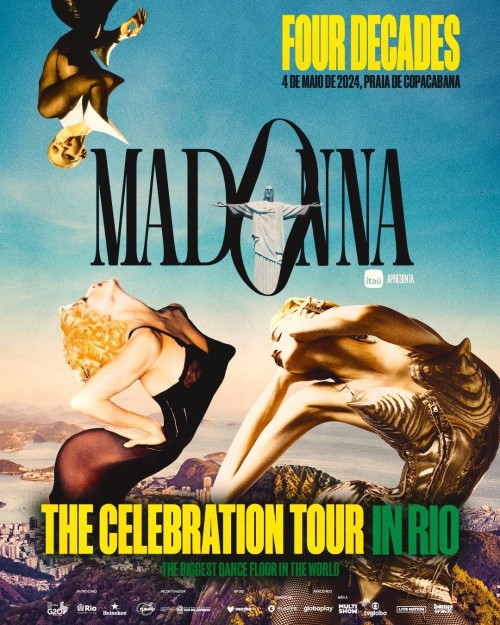
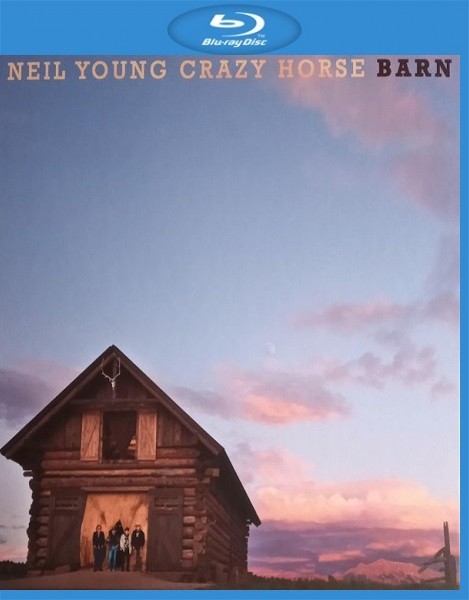
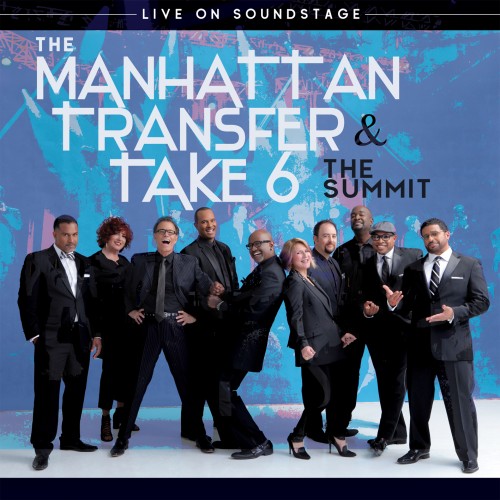
![King Crimson - Larks’ Tongues in Aspic (40th Anniversary Edition) (1973/2023) [High Fidelity Pure Audio Blu-Ray Disc]](https://imghd.xyz/images/2024/05/12/138741_front.md.jpg)
